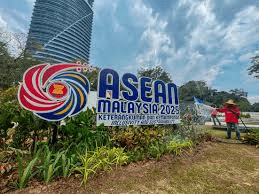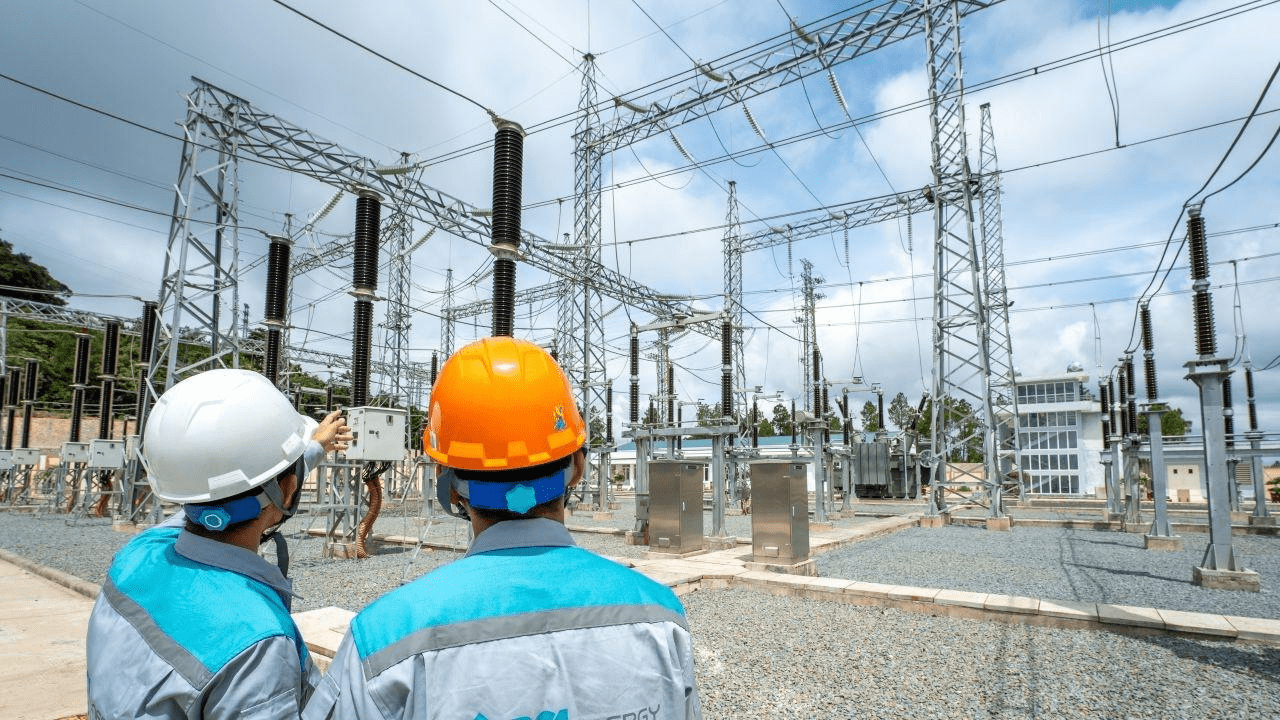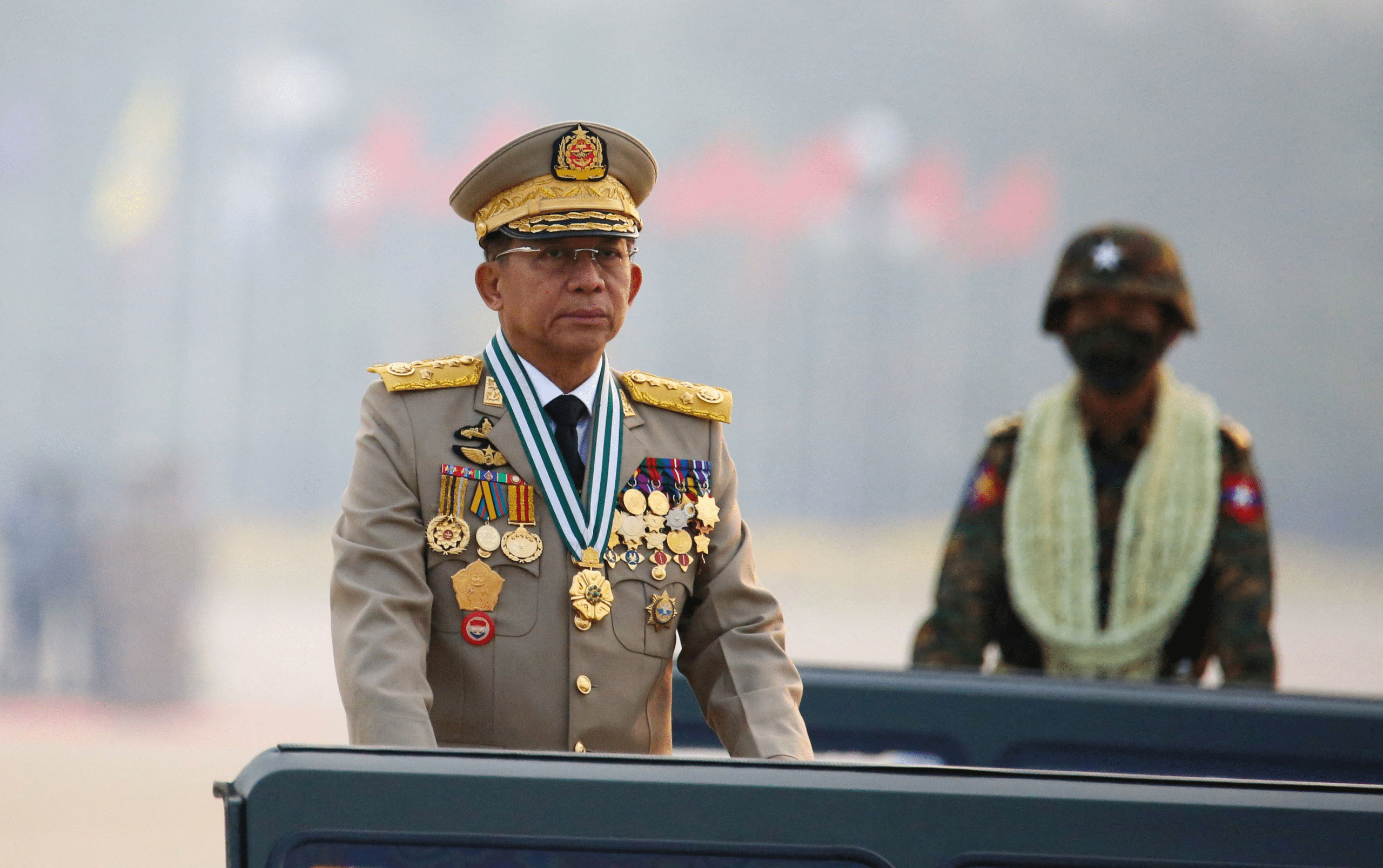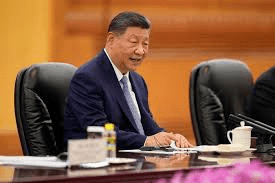New money for regional grids and clean energy
The Asian Development Bank is preparing a multibillion-dollar financing package to accelerate Southeast Asia’s cross-border power links, with World Bank participation, according to new reporting. Around $10 billion is expected from ADB for grid investments tied to the ASEAN Power Grid, alongside support for renewable projects that plug into those lines. The plan would underwrite high-voltage connections that move hydropower, solar, and wind across borders to balance supply and demand. Advocates say the grid is the single most effective way to integrate cheap renewables at scale, cut coal dependence, and lower prices by trading power between countries with different peak hours and resource mixes.

If executed, the program could unlock private capital for transmission, storage, and utility-scale renewables. Developers cite two hurdles the package can help address: de-risking cross-border offtake (so lenders are comfortable) and standardizing technical rules to avoid bottlenecks at interconnectors. Policymakers will still need to tackle land acquisition, permitting, and fair-tariff design. Analysts add that grid-strengthening reduces curtailment—the wasted electricity when networks cannot absorb variable output. For energy-hungry manufacturing hubs, reliable imported clean power can keep factories running while national build-outs catch up. For frontier markets, firm export revenue from power sales can finance rural electrification. With heat and extreme weather increasingly testing grids, backers argue that a meshed regional network is now an adaptation tool as much as a decarbonization one

 TPW DESK
TPW DESK 


















